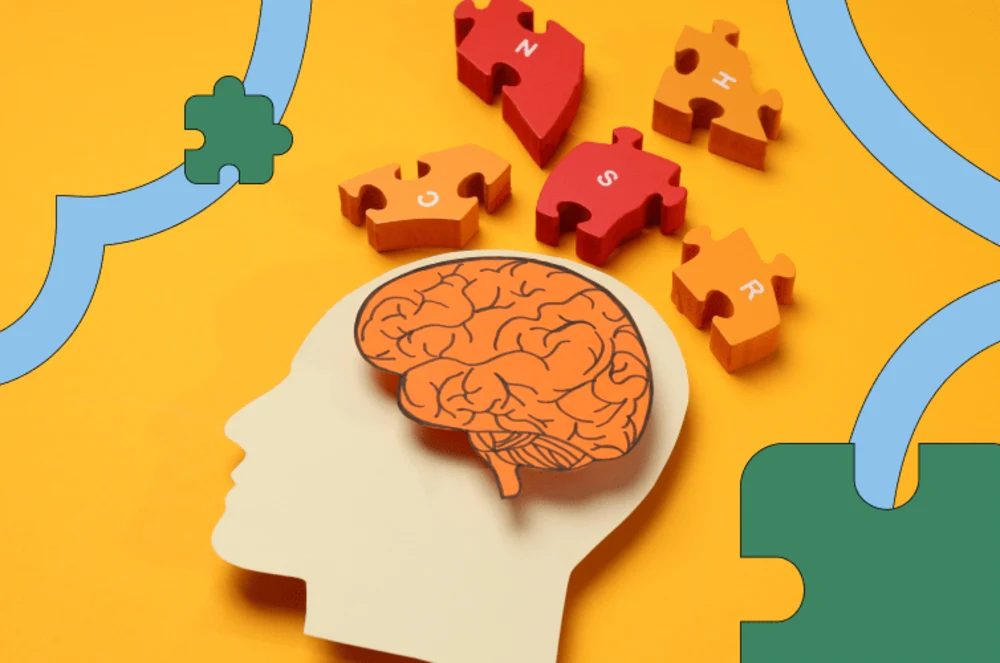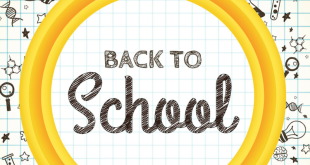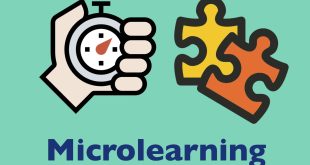Let’s imagine a scenario: You have just finished explaining a lesson, and you find out that every student was able to grasp the concept, except for a few students. You keep explaining the concept more than once, but nothing gets through! Teachers often face this situation, and although it can be a huge pressure on them, it is considered their duty to make sure every student has understood the lesson. It is a known fact that some students struggle with understanding some concepts more than others. One way that experienced teachers get prepared for this issue is to search for different teaching strategies and theories that could help them. Cognitive theories of learning are excellent for this specific problem!
Table of Contents
What is cognition?
According to Brittanica, cognition comprises the processes that have to do with knowledge; this includes perception and judgment as well.
Experts believe that cognition is always evolving and trying to match new information; this, in turn, adjusts humans’ behaviour throughout their lives and is also determined by biological and social factors.
Our cognitive abilities are continually expanding during the phases of childhood and adolescence, and as we grow into adulthood, as part of the natural process of ageing, a few of these skills begin to deteriorate as neurons die.
Learning and analyzing cognition is vital, not just to make sure that cognitive development is healthy, but also for preventing a variety of neuropsychological illnesses in which deficiencies emerge.

What is the cognitive theory in education?
Jean Piaget, the famous Swiss Psychologist known for his studies on child development, initially debunked the myth that children are like empty vessels that require information to be filled. Piaget actually believed that children could actively create information. He thought that they are almost like adults who are able to constantly acknowledge and test the senses of the environment around them.
He performed several experiments to investigate how children think and react to the world. Unlike the widespread information of his time, Piaget concluded that children are not passive receivers of information. However, they intently look for information through exploration and discovery, and they act accordingly.
Piaget started by studying his own children to eventually develop his theory of cognitive development; this theory aimed to explain the cognitive stages that children go through as they grow up.
His theory of cognitive learning is based on the idea that learning occurs actively, especially for children. It shows that learning doesn’t just happen; instead, it is a complex process that allows us to link the information we learn with the information we know to enhance our memories and capacity for learning.
In a nutshell, cognition is the brain’s capability of receiving and retaining information via our senses.
Related: Including ALL – Why Differentiated Instruction Is Important
The Processes of Cognitive Learning
Piaget’s theory of cognitive development proposes that children go through four phases or stages of brain development, which illustrate the growing complexity of their thoughts and emotions.
According to his theory, all children go through these phases in order, in which their development is recognised according to their genetics and communication with the world around them – like the environment and society. Each phase is different from the other, and each one includes a higher form of intellectual ability. These four phases are:
- Sensorimotor Stage: This is the first phase of the cognitive theory; it occurs between birth and the second year of a child. At this time, the child’s understanding of the world is restricted to their “sensory perceptions and motor activities.” Also, their behaviour is determined by their motor reactions as a result of the stimuli around them.
- Pre-Operational Stage: This is the second phase of the cognitive theory which occurs between age 2 and age 6 when the toddler is in the language acquisition period. In this phase, the toddler cannot yet fully master the understanding of logic, alter information or receive other people’s perspectives.
- Concrete Operational Stage: This is the period when children reach the age of 7 until the age of 11. At this point, the child starts to comprehend “mental operations.” Given the name, the child can start to think in a more concrete way about the world, without yet acknowledging or grasping abstract ideas.
- Formal Operational Stage: This is the final phase of cognitive theory, it starts at the age of 12 and until adulthood. Now, the child has grown up and can understand abstract ideas. He/she can also acquire essential skills like logical thinking, cognitive flexibility and reasoning.
Applying the cognitive learning theory in the classroom
The cognitive theory of learning can be quite useful for teachers to implement in the classroom. However, it is not just about Piaget’s theory. Other psychologists and experts have attempted to pose other theories to understand human behaviour and cognition. Take a look at these cognitive theory examples.
Cognitive Theory Examples and Applications
-
Applying the Cognitive Theory of Motivation
The Cognitive Theory of Motivation is based on the idea that the pattern and intensity of human behaviour are defined according to the aim that this person is trying to attain. In a more informal setting, this is also known as wishful thinking; it happens when humans think about their plans for the future, their dreams and aspirations.
Keeping this theory in mind when planning activities for students in the classroom will definitely boost your students’ motivation and interaction. Find out what exactly motivates them and start from there!
-
Implementing The Social Cognitive Theory
This is a theory that was proposed by Albert Bandura, a Canadian-American psychologist, in 1977. What is great about Social Cognitive Theory is that it incorporates fields like sociology, psychology and even political science. In essence, this theory acknowledges the concept of observation in determining social behaviour.
In other words, the Social Cognitive Theory dictates that human behaviour is the culmination of the relationship between the elements of cognition and the environment. It reinforces the idea that humans are capable of changing their environment according to their purposes or goals. It also refers to the influence of other people’s actions on an individual person and accordingly, how they affect his/her actions and behaviours.

This theory could definitely help you understand the importance of examining your students’ lives not just their academic background, but also their family situation and living conditions. Why? Because it will give you an overview of ways to identify their issues and work towards solving them within the school.
-
Encouraging discovery learning
You probably already know what discovery learning is from its name, or perhaps you already, unknowingly, implement it in your classroom. This theory was initially proposed by Jerome Bruner, the American Psychologist. It is essentially based on the concept of inquiry and exploration; it inspires students to use their existing knowledge to learn new information through imagination and creativity.
According to Bruner, learning cannot be achieved without actively searching for solutions – it is not only about memorizing what is read or heard. This method of learning is based on solving problems, analyzing information and interpreting new information. This could be implemented with the students in the form of self-directed experiments, debate-based lessons and even data-based projects.
This might interest you: 7 Methods to Develop Creative Thinking Skills for Students
Cognitive Theories For Transforming Learning: Why do they matter?
We’ve been discussing the different processes of cognitive learning theory and its types. But what about the advantages of the cognitive learning theory? Why implement it in the classroom? How will it benefit your students?
Principles of cognitive learning theory
Teachers love implementing cognitive theories in the classroom to:
- Boost students’ self-confidence by enabling them to think about complex tasks and work towards solving them independently.
- Encourage students to be lifelong learners that never stop contemplating, thinking and analyzing even after school
- Allow students to acquire new skills and capabilities after exposing them to a diverse collection of classroom activities that prioritize cognition and perception.
- Help students acquire information and understand tasks faster and easier.
- Motivate students to be self-reflective and self-analytical regarding their input in a classroom project.
- Inspire students to think of the importance of group thinking and the power of effective teamwork.

After all, just reading about cognitive theories is a great start if you want to start using them in the classroom. Now that you’ve understood
the cognitive theories’ basic tenets, processes, types and benefits, think about how you can utilize this information to actually make a difference in your class. How can you adapt any of the mentioned methods to really help the struggling students?
Sources:
- Jean Piaget Quotes
- Piaget’s Stages of Cognitive Development
- Child Development Theories and Examples
- Britannica : Cognition
- What is cognition?
- Britannica: Jean Piaget
- A Review Of Social Cognitive Theory From The Perspective Of Interpersonal Communication
- Cognitive Theories of Motivation
- Britannica: Jerome Bruner
- E-learning industry: Instructional Design Models and Theories: The Discovery Learning Model
- Britannica: Albert Bandura
 Skolera LMS Blog Educational Technology Articles and News
Skolera LMS Blog Educational Technology Articles and News




